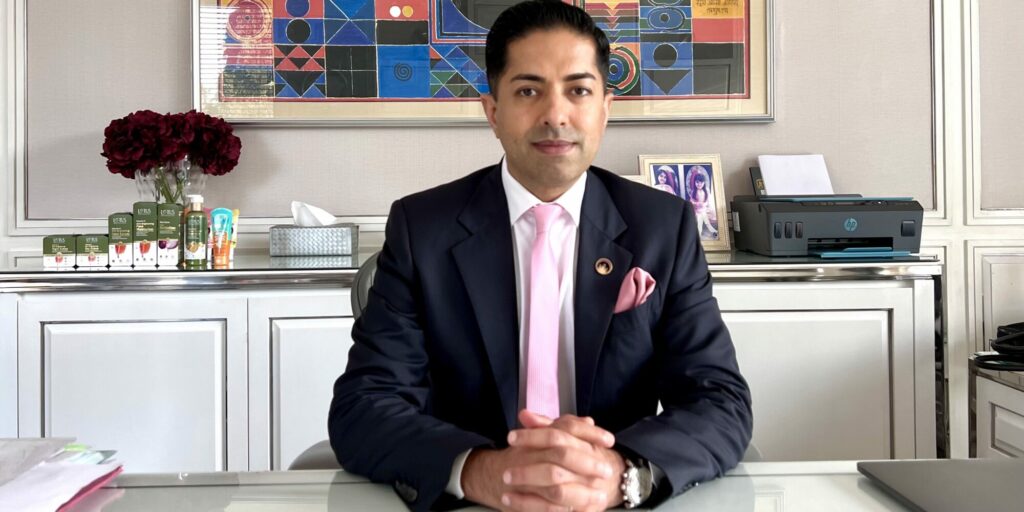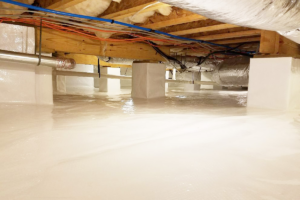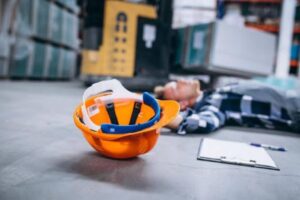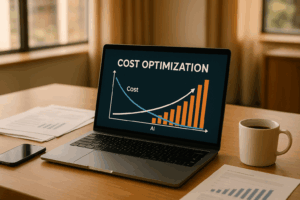
In today’s business climate, the aesthetics and design of workplaces are crucial to the attraction and retention of the best talent. Beyond the mere aesthetic,s an intelligently designed workplace environment can have a significant impact on the well-being of employees, their productivity, as well as the overall performance of a company.
The Power of First Impressions
The reception space is the company’s face, providing an initial glimpse of its values and culture. A well-designed reception space will inspire confidence and set the stage for interactions with clients. Using high-end reception desks will enhance the experience by demonstrating professionalism and a keen eye for detail.
Initial impressions go beyond the visitors. Employees who pass through the front door each day will also be influenced by the overall quality and energy of the place. A welcoming, visually appealing entryway makes employees feel welcome, at ease, centered, and inspired from the start.
Enhancing Collaboration and Decision-Making
Boardrooms are essential to the strategic discussion and decision-making process. A functional and attractive boardroom can encourage collaboration and innovation. The investment in top table for boardrooms will not only improve the appearance of the space, but also help facilitate meetings and contribute to improved business results.
Research has proven that the layout and ease of meeting rooms influence the tone and effectiveness of meetings. Acoustics, lighting, furnishings, and color schemes are all designed to encourage an open and transparent communication, engagement and clarity in decision-making.
Boosting Employee Morale and Productivity
A well-designed workspace can dramatically impact the employees’ satisfaction and productivity. Things like natural light, as well as ergonomic furniture and intelligent color schemes, can contribute to creating a pleasant work environment. According to studies, workers who work in offices that are pleasing to the eye are happier and efficient.
Furthermore, companies that invest in workplace design show employees that they are appreciated. This reinforces the trust and confidence that is essential in today’s highly competitive job market.
Reflecting Company Culture and Values
Workplace aesthetics are a visible symbol of a company’s values and beliefs. A clean, modern and well-designed office demonstrates a commitment to high-quality and innovation. The alignment between the physical space and brand identity can help improve brand recognition both among employees and customers.
For instance, businesses that promote sustainability might incorporate bio-friendly design principles, like natural materials and plants in their workplaces. Companies that value innovation may prefer flexible, modular designs that foster flexibility and agility.
Attracting and Retaining Talent
In the present job market, applicants frequently consider their work environment when considering prospective employers. A welcoming and visually appealing office is a crucial aspect for the best talent. Additionally, employees who have been there for a while will feel more appreciated and happy, reducing the number of employees who leave.
Generation Y, as well as Gen Z workers in particular, have a strong focus on aesthetics and work culture. The open layout of offices, with the ability to enjoy natural light as well as social break spaces and spaces for collaboration, appeals to their needs and influences their choice of job.
Adapting to Modern Work Trends
With the advent of flexible work schedules, the office has been changed into a center for collaboration and creativity. Making spaces that are able to accommodate various working styles, such as open spaces to work in teams and quiet zones for focus-focused tasks, can increase the overall productivity of employees and increase satisfaction.
Hybrid work environments require flexibility in the design. Businesses need to create environments that allow employees to feel at ease with meetings via video, working on their own or working within small group settings. Furniture and spatial layouts must be flexible and technologically integrated to meet the changing needs.
The ROI of Good Design
The importance of investing in aesthetics for workplaces isn’t just about maintaining appearances. It’s about tangible results. Better employee performance, fewer sick days, improved hiring outcomes, and better satisfaction with clients all contribute to a quantifiable return on investment.
A well-designed space can also lower operating costs over the long run. Effective utilization of space and lighting, ergonomic fixtures that minimize injuries, and durable furniture that is of high quality can help reduce expenses. In essence, form and purpose ware ith long-lasting financial advantages.
Psychological Benefits of Aesthetics in the Workplace
The results of studies in environmental psychology show that orderly and beautiful environments can ease anxiety, increase creativity, and increase concentration. Colors can affect mood. Cool hues calm the mind, while warm tones increase energy. The materials and textures give a sense of depth that makes spaces attractive and engaging.
The business owners who invest in sensory design not only improve employee wellbeing, but also enhance the experience of clients. Every interaction in a well-designed space is a subtle reminder of the brand’s excellence.
Conclusion
The importance of investing in aesthetics for workplaces isn’t just about creating an attractive and appealing workplace; it’s a decision made strategically that can lead to the business performance. From creating lasting impressions for clients to encouraging an efficient and happy workforce, there are many benefits. When they focus on design and innovation, businesses can position themselves for continuous growth and remain competitive in a competitive market.







